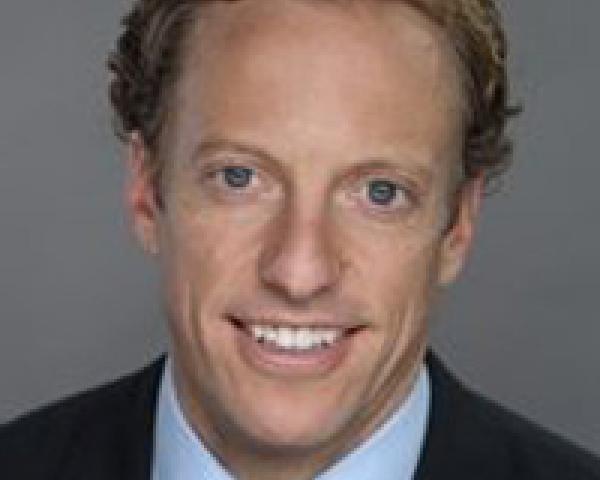If you are an employer looking for creative ways to give your employees great care, PPO networks may stand in the way.
Employers across the country are looking to provide employees with the largest and widest PPO networks as a means of giving employees choice. Somehow the health insurance industry has determined that networks should be "all-inclusive." The more medical professionals and facilities in your network, the better your network is. It is time to raise a red flag on this kind of thinking. Before your organization looks to increase employee access to doctors and hospitals, there are three things you must understand about PPO networks.
Larger Networks Can Lead to Larger Plan Costs
You hear it all the time. Insurance carriers battle over who has the largest network both locally and nationally. Now, having a network with a national presence can be appealing if you are an employer with facilities and a workforce scattered across the country. However, a larger network opens the door for greater access to poor-performing physicians and medical facilities. The bigger the network, the greater the odds your employees are accessing doctors and hospitals who are not on the right side of cost, quality and outcomes. As a result, your medical plan's costs continue to rise year after year.
See Also: Untapped Opportunity in Healthcare
A Network "Discount" Can Be Misleading
In a typical medical plan, the majority of the member population will use the plan via day-to-day services such as preventive exams, sick children and the occasional
medication. For these folks, a network discount does an adequate job reducing costs for both the member and the health plan. However, imaging, surgeries and hospital stays are driving plan costs today, and it is here where a network "discount" can be misleading. Yes, network discounts are still applied to these services and, yes, the discounts can be 50% or more. However, when facilities are allowed to charge 400%+ of the limit allowed by Medicare, you are not getting much of a deal at all. To put it into simple terms, if I told you my iPhone is worth $2,000 but agreed to sell it to you for a 50% discount, I would still be ripping you off.
Networks Often Block Creativity
Recently, I had an interesting conversation with a national insurance carrier about a mutual client. After a thorough review of the client’s claim activity, we uncovered several facilities that were providing imaging services (MRIs, CT scans, etc.) at a low cost, much lower than the same services provided at other facilities. Knowing this, the client wanted to give members incentives to choose the low-cost facilities when needing imaging services by agreeing to have the health plan pay 100% of the service, saving both the member and the health plan money. However, we were told “no” by the insurance carrier because it had a duty to “keep the rest of the network happy.” If we are going to create change in the health insurance market, employers need to implement creativity into health-plan design. Unfortunately, most PPO networks discourage this kind of thinking.
Remember, there is a place for PPO networks within the healthcare industry. However, if you are an employer looking for creative ways to give your employees access to high-quality, low-cost doctors and hospitals, do not count on PPO networks to pave the way.


